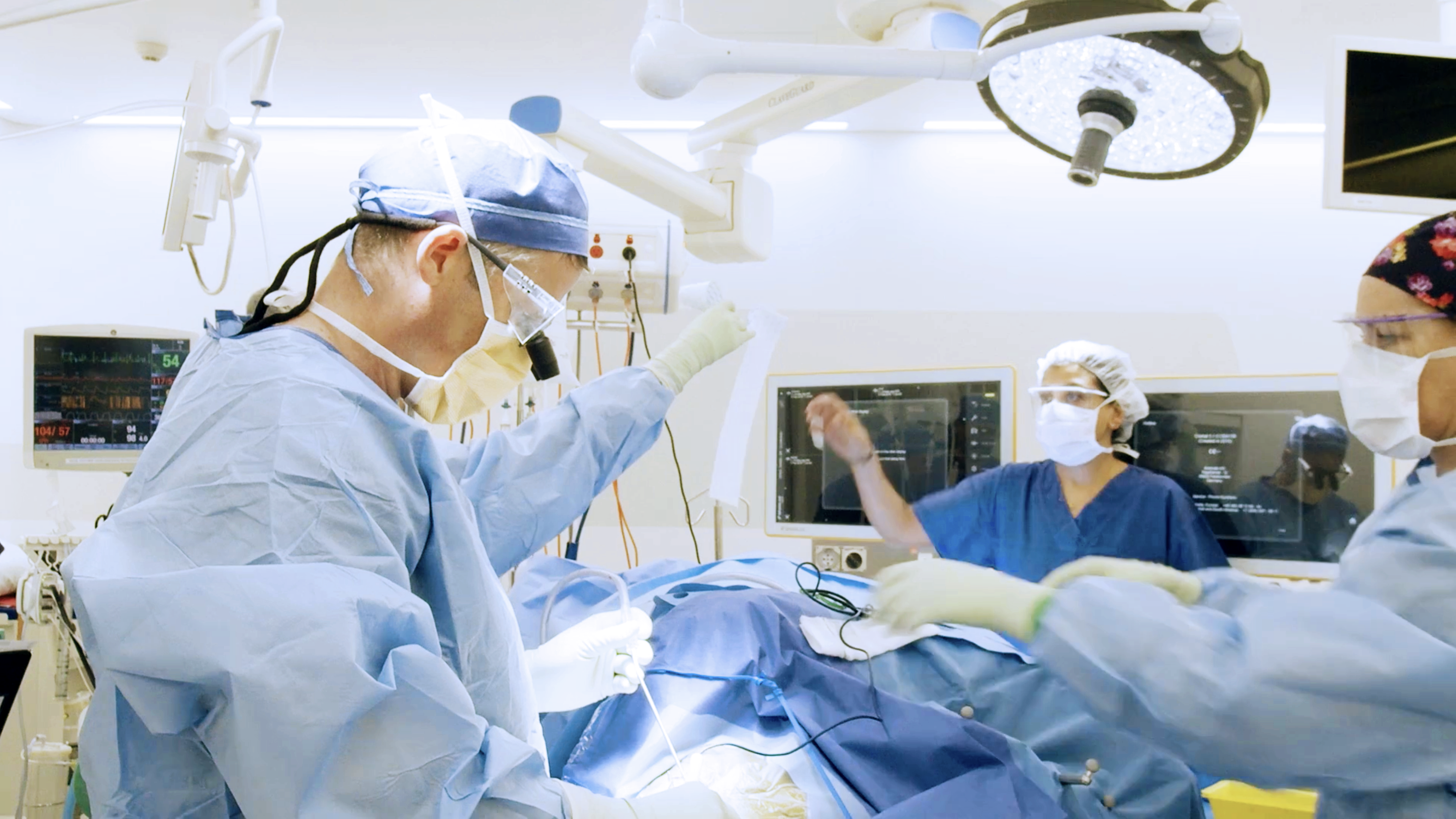-
Phone
1300 17 44 97
-
Fax
02 8580 4867
-
-
Correspondence
Suite 1404, Level 14
St Vincent’s Private Hospital
406 Victoria Street
Darlinghurst NSW 2010
Brain trauma is mostly seen in the hospital rather than an outpatient setting.
Contusions– these are ‘bruises’ in the brain
Subdural haematomas– blood clots between the outer membrane of the brain and the brain itself
Extradural haematomas– blood clots that form between the outer membrane of the brain and the skull, usually as a result of a skull fracture. These are more common in children than adults because the membrane becomes more adherent to the skull with age leaving less possibility of a blood clot forming
Skull fractures – these often require no specific treatment, but if the skull has caved in (“depressed skull fracture”) or is associated with an extradural haematoma it may require treatment
Cerebrospinal fluid leak – this can occur from the nose or ear with traumatic disruption of the skull base
Diffuse axonal injury – usually a severe type of brain injury with small areas of contusion seen on the CT but with significant associated brain disruption

Intracranial pressure monitoring- is sometimes performed in trauma which is usually done by either a small wire inserted into the brain or a tube into the fluid space of the brain
Craniotomy for subdural or extradural haematoma involves opening the skull to remove a blood clot
The most common trauma condition seen in outpatients is chronic subdural haematoma. This is where a blow to the head, even a trivial one, has resulted in some blood clot between the brain and its outer membrane. In some patients this expands over time causing increasing pressure. Patients may only become aware of it many weeks after the original head strike. The risk of it occurring is increased with any blood thinner medications.
Unlike a fresh subdural haematoma (which has a jelly like consistency), a chronic subdural haematoma has a watery consistency and so can usually be drained through a smaller opening in the skull. If it is small and not causing symptoms it can often be watched as many will resolve spontaneously given time.